I took a trip down to Indianapolis recently for a pair of Nerd Rage Gaming tournaments. The Saturday offering was Pioneer, which I was not terribly familiar with, so I knew I had to do my research. I watched videos, read articles, and selected a pair of decks that I was certain I could pilot effectively. After further consideration I picked my deck. GB Elves was my weapon of choice and I felt like I was locked in more than a week before the event.
I still needed to familiarize myself with the format, though, so research continued. More videos. More articles. Jim Davis put out an article all about how to beat the dominant combo decks. Then the Players Tour happened and those combos further solidified their hold on the format. I began to wonder if my Elves could really hold their own in the face of what people were starting to call Combo Winter.
I’m no stranger to MTG Winters, though. When I started my competitive journey, in early 2016, it was the height of Eldrazi Winter. Eldrazi decks were everywhere in Modern with their powerful Creatures, backed up by hand disruption, targeted removal, and ramp.
You know what… those same Eldrazi are legal in Pioneer. There’s hand disruption, targeted removal, and ramp to back them up. A deck like that could be fast enough to get under Inverter and pack graveyard hate for Lotus Breach. It was worth a shot. I threw out my plan, with less than a week before the tournament, and I started brewing.
This is what I brought to Indy.
The Deck
GB Eldrazi Pioneer
| Creatures (30) 3 Beanstalk Giant 4 Eldrazi Mimic 2 Gilded Goose 4 Llanowar Elves 3 Murderous Rider 4 Reality Smasher 2 Scavenging Ooze 4 Thought-Knot Seer 4 Wasteland Strangler Spells (6) 3 Abrupt Decay 3 Thoughtseize | Lands (24) 2 Blooming Marsh 2 Field of Ruin 3 Forest 4 Llanowar Wastes 4 Mutavault 4 Overgrown Tomb 3 Urborg, Tomb of Yawgmoth 2 Wastes Sideboard (15) 2 Carnage Tyrant 2 Damping Sphere 2 Infinite Obliteration 4 Leyline of the Void 3 Return to Nature 2 Ritual of Soot |
My plan was simple: Turn 1 Mana Creature, Turn 2 Beanstalk Giant//Fertile Footsteps, Turn 3 Reality Smasher. If it didn’t happen, I had more Eldrazi at 2, 3, and 4 Converted Mana Costs. I had Thoughtseize and Thought-Knot Seer for hand disruption. Murderous Rider, Abrupt Decay, and Wasteland Strangler were there for removal. I had a pair of Scavenging Ooze in the deck to pull double duty: main deck graveyard hate and feeding the Stranglers. The mana base had enough Colorless mana to cast my finishers, and Urborg, Tomb of Yawgmoth to help cast Black spells.
My sideboard was packed with cards that could put the hurt on the combo decks. Infinite Obliteration, which I had forgotten about until the Jim Davis article, to help deal with Inverter. More graveyard hate in the form of Leyline of the Void and Return to Nature, along with Damping Sphere, could keep Lotus Breach in check. I suspected that players might turn to low-curve aggressive decks to fight the combos, so I packed Ritual of Soot, which would hit aggressive creatures but leave my Thought-knots and Reality Smashers on the field. For control, I had a pair of Carnage Tyrants.
The Tournament
I felt good about where the deck was at, and I felt prepared. What I wasn’t prepared for was being in the Round One Feature Match. You can watch that here (though there were technical issues with the sound). I was against Inverter, so it was time to find out if the deck would perform as well as I hoped.
Game one was a little slower than I had hoped, due to my Llanowar Elves taking a Fatal Push to the face (I rarely untapped with a Mana Creature all day). In the end, an Eldrazi Mimic and some big friends managed to do 18 damage across two turns and take game one.
Game two was a completely different story. I ended up with several dead Abrupt Decays in hand. I needed another source of either Black or Green mana to even cast them, but there were no targets to hit. I lost that game quickly, but I learned a useful lesson, which I’ll get to a little later.
Game three saw mana troubles on the other side of the field and the only way I had of taking advantage of it was to get aggressive with a pair of Mutavaults and way more Eldrazi Mimics than I was honestly comfortable with. It worked out, though. I left Round One with a win.
I was feeling really good at that point. I might have a shot. Then the Control decks hit and revealed a major weakness of the deck. I faced multiple Blue White Control decks over the course of the day and there was little I could do in the face of sustained counterspells. This was another important lesson.
One of the cards that overperformed all day was Scavenging Ooze, which won several games with little backup. The two main deck Oozes made Sultai Delirium a much more manageable match-up. The interesting thing was that I put the Oozes in the deck to support Wasteland Strangler, and I would’ve loved to have two more Oozes and two fewer Stranglers.
My final match of the day was against Bant Spirits. I brought in the Carnage Tyrants and the Ritual of Soots. And then I realized that I’d made another mistake. In choosing Ritual of Soot over a similar card, Languish, I had left the door open for Selfless Spirit to keep my board wipe from wiping the board. I drew Ritual of Soot in game two, but there was nothing I could do to stop the Spirits.
In the end, my record was a disappointing 3-1-4. It wasn’t the result I was looking for, and I was pretty bummed out about it at the time. Now, I’m not sure it was as disappointing as I initially thought. I had taken an untested brew into an unfamiliar format and very nearly had a 50% win rate. I had clearly made some errors in deck construction, but I think those are fixable. Let’s look at what I learned.
- Abrupt Decay is not good enough
- Elves get Pushed ~100% of the time
- Need a better plan for Control
- Scavenging Ooze > Wasteland Strangler
I’ve looked at the deck, considered these lessons, and made some adjustments. I think it’s in a better place than it was, and I think it could hold its own. Let’s talk about what I did.
The Update
Some of the changes are easy enough to cover. The three Abrupt Decay became three Assassin’s Trophy. The two copies each of Ritual of Soot and Carnage Tyrant in the sideboard became two copies each of Languish and Mistcutter Hydra. All of these are pretty easy upgrades.
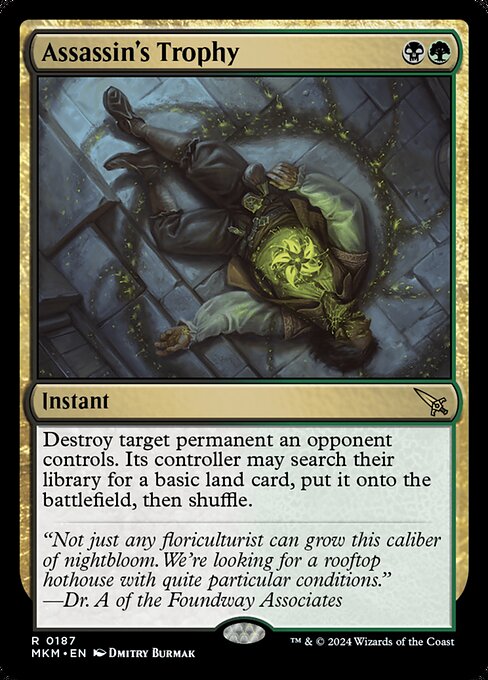


For Lesson #2, I looked at my ana Creature package. I started with four Llanowar Elves and two Gilded Goose. I decided that, if my mana Creatures were going to eat a Fatal Push so often, it would be best to let them leave something behind when they were gone. The updated list runs four Gilded Goose and no Llanowar Elves. If a Goose dies before I can use it, at least it leaves behind a Food token. If I do get to untap with it, it fixes my mana as well as ramping me into bigger spells. Overall, I think the Goose is the way to go, and I don’t think I’ll miss the extra two Creatures.
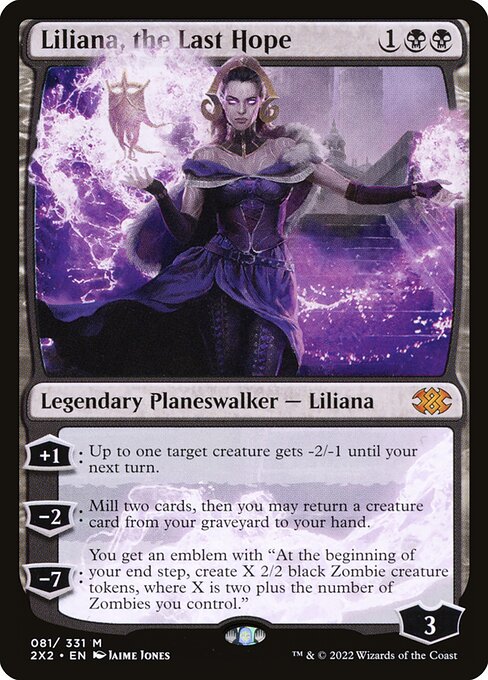
My improved plan for Control includes the previously mentioned Mistcutter Hydras in the sideboard. They are joined by our fourth copy of Thoughtseize and two copies of Liliana, the Last Hope. Liliana’s job is two-fold. She is going to help us recover our Eldrazi after they get countered or board-wiped. She also gives our deck a bit of inevitability. If a Control opponent can’t deal with Lili, we get to use her ultimate ability to start the zombie parade.
On the subject of Scavenging Ooze and Wasteland Strangler, I made another simple change. Increase the Ooze count to the full four copies; decrease Stranglers to zero copies. I really don’t think we need them. We have plenty of removal and the Ooze is a better threat.
Those of you keeping count will have noticed that I’ve cut four cards from the deck but I haven’t replaced them yet. I’ve been thinking about my options for those slots. I don’t think we need more removal. I don’t believe we need more ramp, either. What we need is something that helps against Inverter.
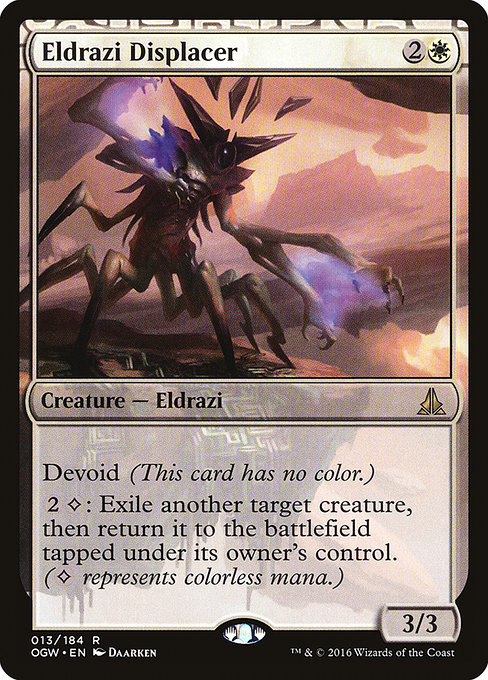
My pick for this slot is audacious, to say the least. In what is essentially a three-color deck, I’ve decided that I need a fourth color. I’m going to dip into White for Eldrazi Displacer. I know, the mana base is stretched thin as it is, but the single White mana is an easy splash.
But how does Displacer help us against Inverter? Well, this is where things get interesting. If an Inverter player taps out to play Inverter, with the intention of playing Thassa’s Oracle or Jace on their next turn, Displacer can flicker their Inverter. This causes it to trigger again and empty their library, causing them to lose on their draw step.
No Inverters around? We can keep any troublesome creature tapped down indefinitely. We can turn Land Creatures back into just Lands if Nissa, Who Shakes the World is on our opponent’s field. We can also flicker our own Thought-Knot Seer to eat away good cards in our opponent’s hand. If we have an Eldrazi Mimic on the field, any flickered Eldrazi will cause it to trigger and act as a pump spell. We could use the ability on a Goose and get more Food tokens. This ability is incredibly versatile.
The Deck v2
GB Eldrazi Pioneer v2
| Creatures (30) 3 Beanstalk Giant 4 Eldrazi Displacer 4 Eldrazi Mimic 4 Gilded Goose 3 Murderous Rider 4 Reality Smasher 4 Scavenging Ooze 4 Thought-Knot Seer Spells (6) 3 Assassin’s Trophy 3 Thoughtseize | Lands (24) 1 Forest 4 Llanowar Wastes 4 Mutavault 4 Overgrown Tomb 1 Plains 2 Swamp 4 Temple Garden 2 Urborg, Tomb of Yawgmoth 2 Wastes Sideboard (15) 2 Damping Sphere 2 Infinite Obliteration 2 Languish 4 Leyline of the Void 2 Liliana, the Last Hope 2 Mistcutter Hydra 1 Thoughtseize |
Wrap-up
So that’s what I’ve come up with after my experience in Indy. The next step is to do more testing. Is the potential to ramp my opponent with Assassin’s Trophy a problem? Am I making a huge mistake with Displacer? Is there a larger flaw that I’m just not seeing? Tell me what you think in the comments or on Twitter (@BadMoonMTG).

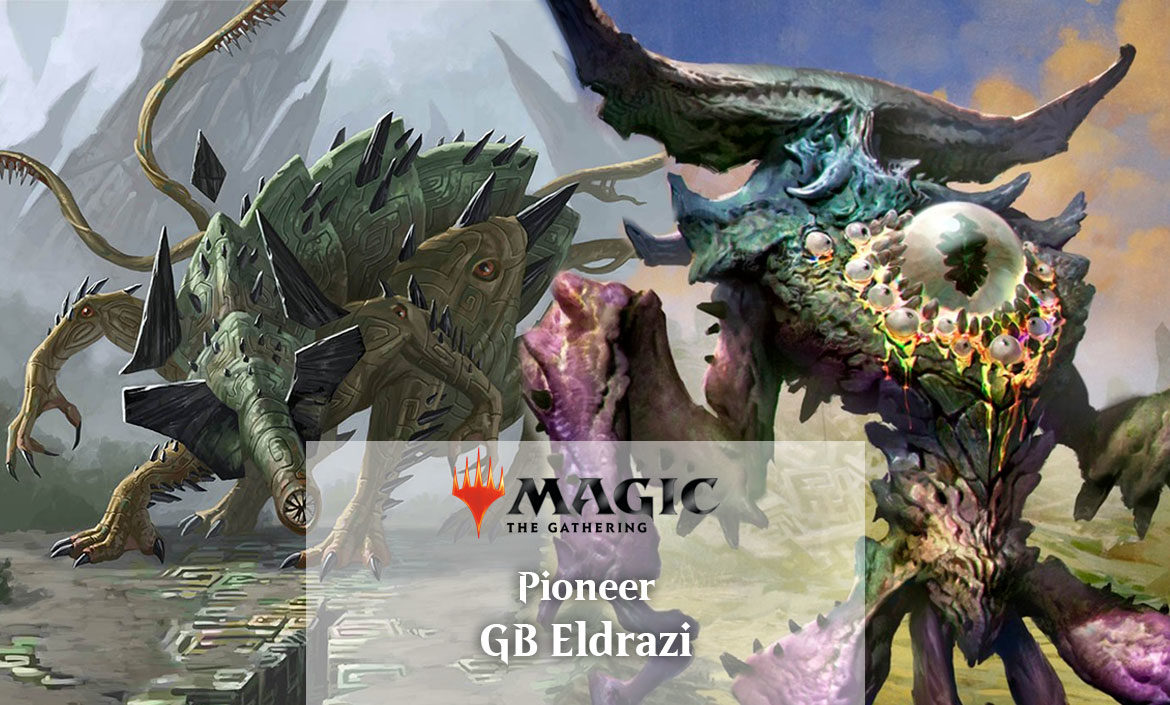



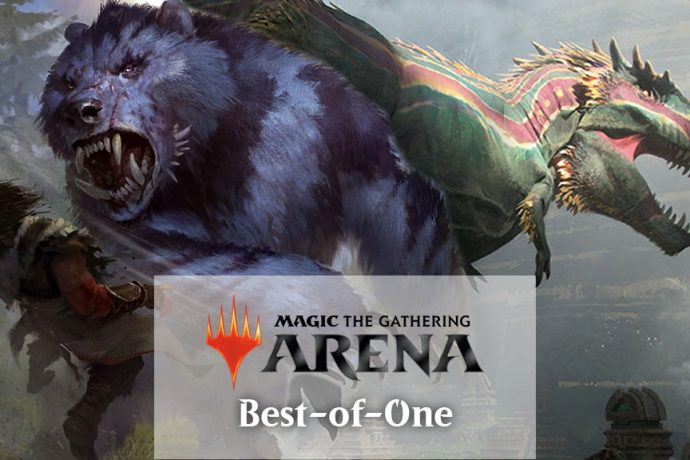


Leave a comment